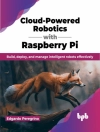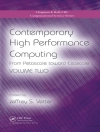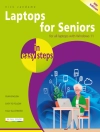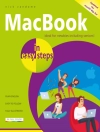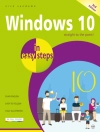The evolution of modern computers began more than 50 years ago and has been driven to a large extend by rapid advances in electronic technology during that period. The first computers ran one application (user) at a time. Without the benefit of operating systems or compilers, the application programmers were responsible for managing all aspects of the hardware. The introduction of compilers allowed programmers to express algorithms in abstract terms without being concerned with the bit level details of their implementation. Time sharing operating systems took computing systems one step further and allowed several users and/or applications to time share the computing services of com- puters. With the advances of networks and software tools, users and applications were able to time share the logical and physical services that are geographically dispersed across one or more networks. Virtual Computing (VC) concept aims at providing ubiquitous open computing services in analogous way to the services offered by Telephone and Elec- trical (utility) companies. The VC environment should be dynamically setup to meet the requirements of a single user and/or application. The design and development of a dynamically programmable virtual comput- ing environments is a challenging research problem. However, the recent advances in processing and network technology and software tools have successfully solved many of the obstacles facing the wide deployment of virtual computing environments as will be outlined next.
Salim Hariri & Dongmin Kim
Virtual Computing [PDF ebook]
Concept, Design, and Evaluation
Virtual Computing [PDF ebook]
Concept, Design, and Evaluation
قم بشراء هذا الكتاب الإلكتروني واحصل على كتاب آخر مجانًا!
لغة الإنجليزية ● شكل PDF ● ISBN 9781461515531 ● الناشر Springer US ● نشرت 2012 ● للتحميل 3 مرات ● دقة EUR ● هوية شخصية 4649823 ● حماية النسخ Adobe DRM
يتطلب قارئ الكتاب الاليكتروني قادرة DRM





